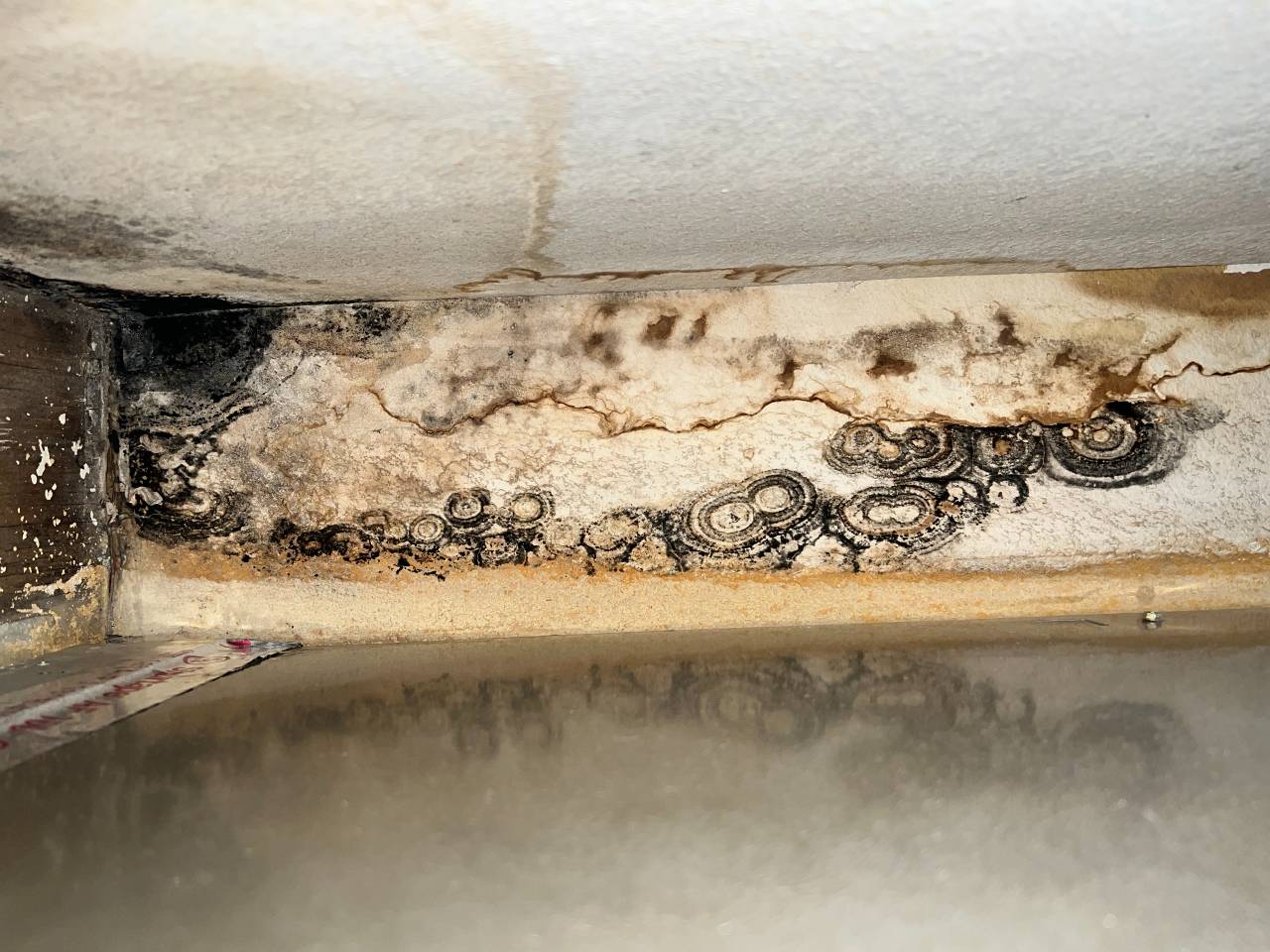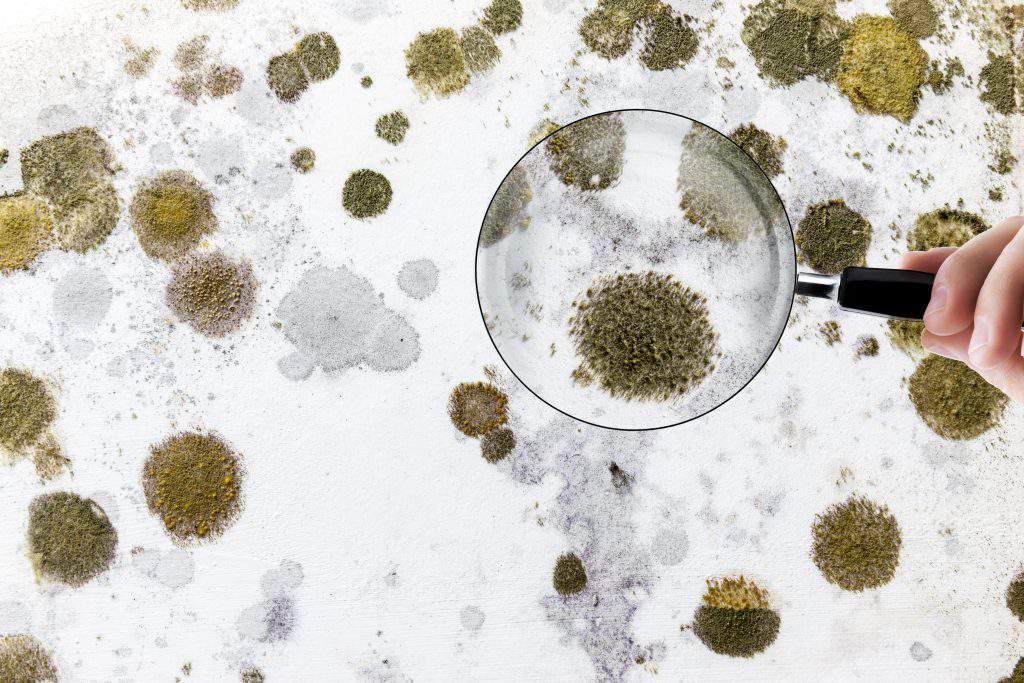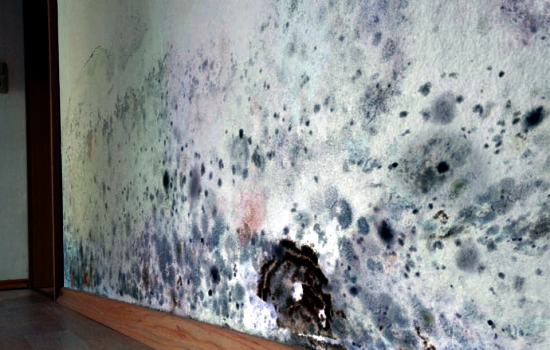Reliable Post Mold Remediation Cleaning Protocols
Wiki Article
Effective Article Mold Removal Solutions for Your Home
Mold and mildew development in homes can be a consistent issue, frequently needing a methodical technique for efficient post-remediation services. From understanding the elements that add to mold and mildew growth to applying appropriate cleansing techniques and moisture control measures, the procedure can be intricate yet critical for maintaining a healthy and balanced living setting. Furthermore, checking out all-natural removal services and developing a routine for continuous maintenance are necessary parts of a comprehensive mold and mildew removal technique. As house owners strive to address mold and mildew worries, locating one of the most effective options comes to be paramount for the health of their houses.Recognizing Mold And Mildew Growth Aspects
Mold and mildew growth is influenced by a range of variables that are vital to understand in order to properly attend to and stop its spreading. Comprehending these variables is vital in applying effective mold and mildew remediation approaches. The main variable adding to mold and mildew growth is dampness. Mold spores need dampness to flourish and germinate, making damp or moist settings very susceptible to mold invasions. Poor air flow can likewise bring about moisture buildup, creating an optimal breeding ground for mold.
Additionally, air movement and light direct exposure can impact mold and mildew growth. Areas that do not have appropriate ventilation and all-natural light are a lot more susceptible to mold and mildew growth. By resolving these aspects comprehensively, people can effectively minimize mold and mildew growth and guard their living settings.
Appropriate Mold And Mildew Cleaning Techniques
Using efficient cleansing methods is vital in protecting against the recurrence and attending to of mold and mildew contamination in indoor settings. The very first action in proper mold cleansing is to contain the affected location to protect against the spread of spores to unpolluted areas.
Executing Dampness Control Steps
To successfully protect against mold development and contamination in indoor atmospheres, carrying out dampness control measures is critical. Moisture is the key factor that fuels mold and mildew development, making it vital to take care of moisture levels within the home. One efficient step is to use dehumidifiers to keep interior moisture degrees listed below 60%. In addition, making certain correct ventilation in areas vulnerable to moisture buildup, such as restrooms and kitchens, can help in reducing the risk of mold and mildew growth. Regularly evaluating and fixing any kind of leaks in pipes, roofings, or home windows is also essential in protecting against excess dampness accumulation. Using exhaust followers while cooking what to do after mold remediation or showering, and enabling air circulation by keeping furnishings slightly far from wall surfaces can assist in wetness control. Moreover, making use of moisture-resistant products in high-humidity locations, such as mold-resistant drywall and paints, can be beneficial. By faithfully executing these moisture control measures, home owners can effectively minimize the likelihood of mold recontamination and maintain a healthy and balanced indoor setting.Using Natural Remediation Solutions
After efficiently implementing moisture control actions to avoid mold and mildew growth in interior atmospheres, home owners can now explore the performance of natural remediation services in preserving a healthy and balanced space. All-natural remediation remedies make use of environmentally pleasant methods to battle mold and mildew, making them a popular choice for those seeking non-toxic choices. One such solution is making use of vinegar, an all-natural antimicrobial agent, to clean and disinfect surfaces polluted by mold and mildew. Simply weaken vinegar with water and spray it onto the impacted locations, enabling it to sit for a few hours before wiping tidy. In addition, tea tree oil, known for its antifungal homes, can be mixed with water and splashed onto mold-infested surfaces to inhibit additional growth. Another natural alternative is hydrogen peroxide, which can successfully kill mold and mildew on various surface areas without leaving damaging residues behind. By incorporating these natural remediation solutions into their cleansing routines, property owners can efficiently battle mold and mildew development while promoting a healthier interior environment for themselves and their households.
Preserving a Mold-Free Setting
Consistently evaluating locations prone to mold growth, such as restrooms, attic rooms, cooking areas, and basements, is important. Appropriate air flow in areas with high humidity degrees is additionally essential to protecting against mold growth.In addition, preserving cleanliness in the home is vital for mold and mildew avoidance. Frequently cleaning and cleaning surfaces, carpetings, and furniture can assist get rid of mold and mildew spores before they have a chance to settle and increase. Making use of mold-resistant items for building and construction materials and home furnishings can additionally aid in developing a mold-free setting. Maintaining interior plants in check and guaranteeing correct water drainage in exterior landscape design can reduce dampness accumulation, decreasing the likelihood of mold problems. By adhering to these aggressive maintenance practices, property owners can effectively support a mold-free space.
Final Thought
Finally, it is important to resolve mold development factors, utilize appropriate cleansing strategies, carry out moisture control actions, make use of natural removal remedies, and preserve a mold-free atmosphere in order to efficiently take care of blog post mold and mildew remediation in your house - Post Mold Remediation Report. By complying with these approaches, you can avoid mold and mildew from repeating and guarantee a healthy and balanced living setting for you and your household
The primary aspect contributing to mold and mildew growth is moisture. Mold spores need moisture to germinate and prosper, making wet or moist environments very susceptible to mold and mildew invasions.To effectively stop mold development and contamination in interior settings, applying dampness control procedures is paramount. In addition, making certain correct ventilation in areas prone to moisture buildup, such as cooking areas and washrooms, can aid decrease the risk of mold and mildew growth.After efficiently applying moisture control steps to protect against mold and mildew development in interior environments, house owners can now check out the performance of natural remediation remedies in preserving a healthy and balanced living room.
Report this wiki page